|
IRAN - Land of the upside-down tulip
David Millward
Iran is a fascinating country. It is immense in size with extensive mountain ranges and central high plateau desert region; with a rich cultural heritage based on a history of civilisation that stretches far back into the past; beautiful Islamic architecture; and a people that are warmly welcoming. And, the alpine flora has long attracted the plant explorer. In this article I'd like to share with you images of some of the wonderful bulbous plants seen in western Iran during a trip I made in the company of friends during late April and early May this year.
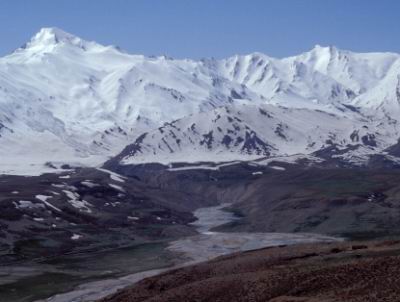
Around the end of April, snow still covers the Zagros Mountains above about 2800m, approximately the level of the highest passes.
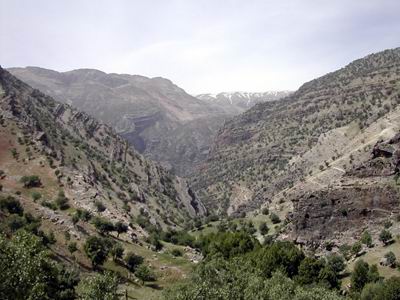
The Zagros Mountains rise typically to about 4000m and the many NW-trending ranges are separated by valleys at about 2000m. Substantial areas of these mountains are of limestone.
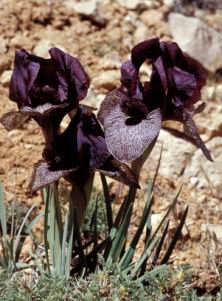
It was on limestone debris, east of Lordegan that we saw the first of our oncocyclus iris; groups of plants with very deep coloured flowers with marked falls: Iris iberica subsp. lycotis
We travelled many hundreds of kilometres in search of plants during our two-week stay (on one day travelling over 600 km!). Overall, the diversity and abundance of plants was disappointing. Perhaps this is to be expected in a region generally with such a dry climate, though there is also another reason…. Everywhere, the hill slopes were grazed extensively by flocks of sheep and goats, tended by nomadic shepherds, probably much as they have done for centuries. As we approached high ground, spirits suffered somewhat at the sight of what became known, with some feeling, as "the enemy".
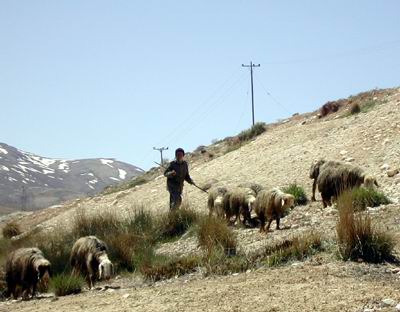
Having said that, we did also see some unforgettable sights. The view of the valley of the crown imperial at Chelgerd, east of Shahr-e-Kord must rate as one of the wonders of the alpine world.
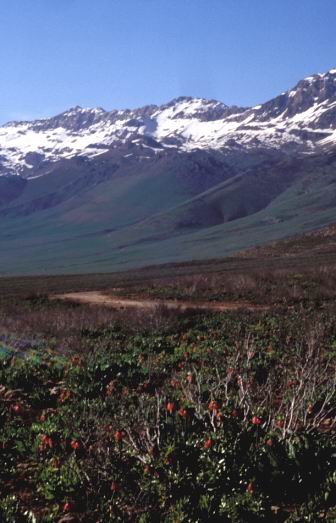
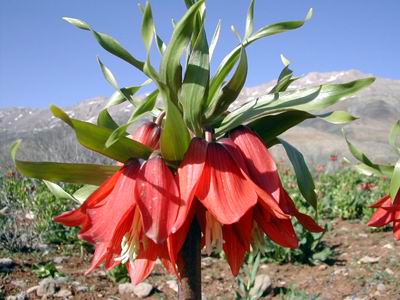
Yes, this wonderful plant is a true alpine, at some localities growing just in front of the melting snow. And just take a look inside the flower!
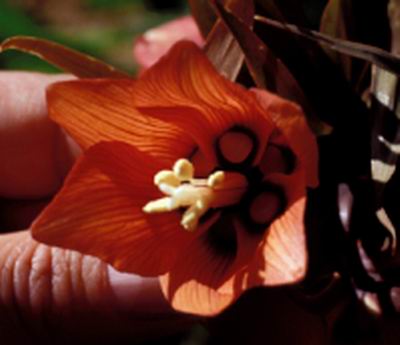
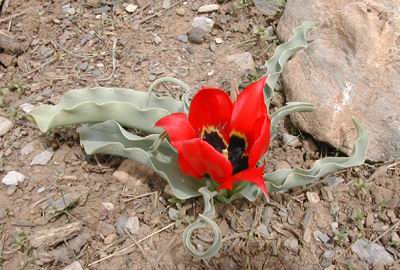
Tulipa stapfii was the commonest of its genus in the areas visited; however, many were spoilt by recent rains.
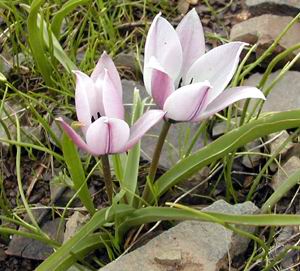
Tulipa humilis is a lovely dwarf species that is widely distributed in the region. It is extremely varied in colour; take these three examples.
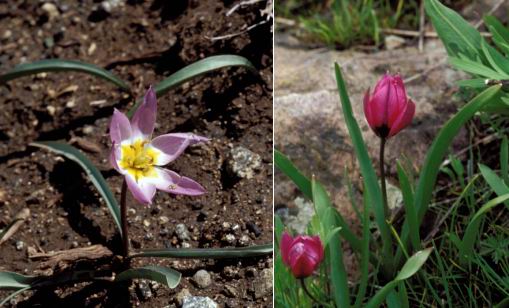
And this brilliant coloured, unidentified, tulip was growing at the same locality as Fritillaria crassifolia, below.
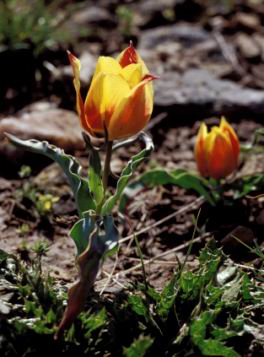
A number of volcanoes lie dotted along the Elburz Mountains bordering the Caspian Sea and in NW Iran towards the border with Azerbaijan. Most are long extinct (Tertiary) and much dissected. By contrast, the shape of the towering conical peak of Mt Damavand (5671 m), to the north of Tehran, suggests that it is far from extinct (the active Mt Ararat in Turkey lies on an extension of this chain). The road along the eastern shores of Lake Orumiyeh skirts the lower flanks of one of these earlier volcanoes and it was here at little more than 1400 m that we saw Iris barnumae subsp. barnumae forma protonyma, the second of our oncocyclus iris finds; there were sizeable colonies of this iris, but only a few were in flower.
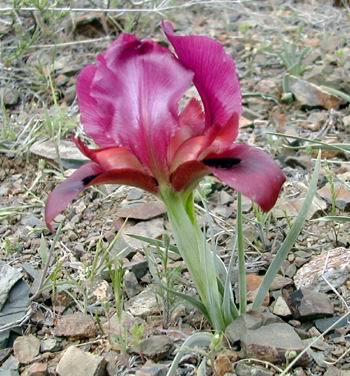
Also in the Elburz Mountains was the very striking Iris acutiloba subsp. lineolata
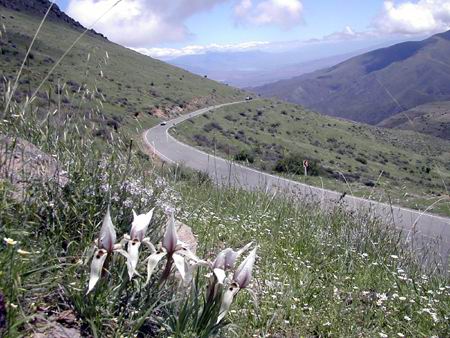
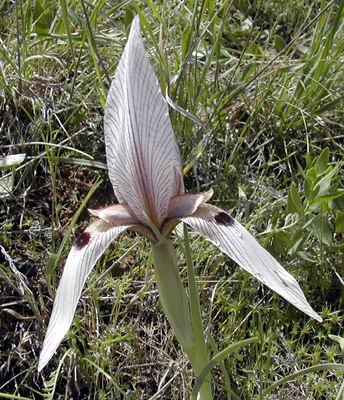
We had hoped to see a number of juno irises, but had to be satisfied with just this one: Iris aucheri, seen on a pass at about 2800m near Sanandaj.
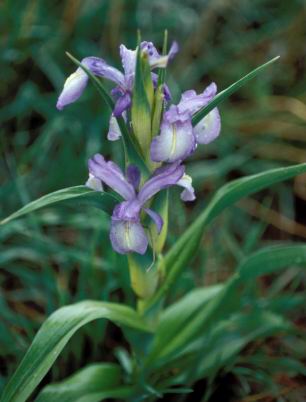
Khu-e-Sabalan, west of Ardabil, is also a dissected Tertiary volcano that forms Iran's third highest peak at 4811m.
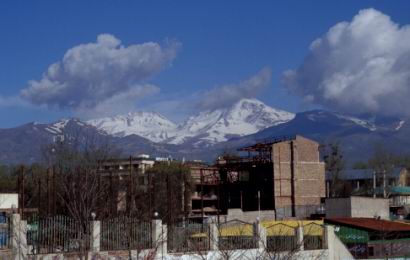
In snow melt at about 3000 m were masses of Ranunculus kochii, Pushkinia scilloides
and Colchicum raddianum.

Both Damavand and Sabalan are emerging as ski resorts for young Iranians.
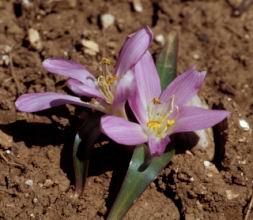
Earlier in the Zagros and again in the Elburz mountains, we saw Colchicum szovitsii, a very widespread species, commonly growing in snow melt.
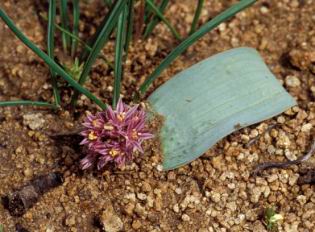
I'm not a particular fan of alliums, but the diminutive A. akaka looked good.
The Crown Imperials aside, we saw a number of other fritillaries.
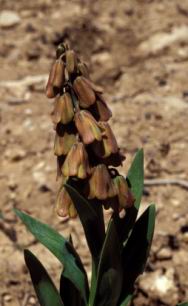
Fritillaria persica is very widespread and variable in colour; this was the best coloured form we saw, in my view. However, none had that very deep colour seen in eastern Turkey. This species occurred in ones and twos at a number of the localities we visited, but never in great numbers, growing with F. imperialis at Chelderd.
About 60km north from Orumiyeh on a col at about 1600m, two fritillaries were growing in contrasting habits. Among the thin stony soil between rock exposures were abundant Fritillaria crassifolia subsp. kurdica.
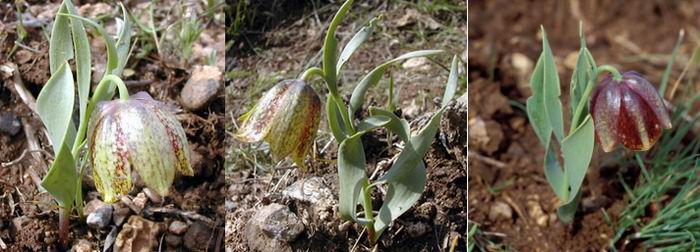
This is a variable species.
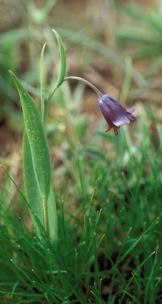
By contrast, in the grassy slopes below was an unknown small-flowered fritillary (F.assyriaca?), quite tall growing for its flower size.
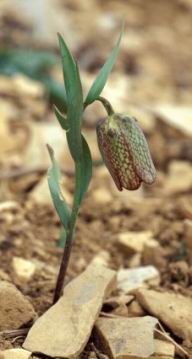
Fritillaria kotschyana growing on open dry slopes of shaly calcareous mudstone at about 2000m in the Elburz Mountains. The species was sparsely distributed among thousands of paeonies, only a very small number of which were in flower.
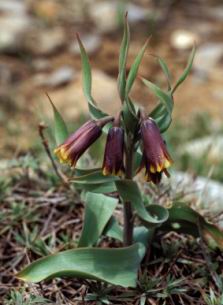
Fritillaria zagrica is an outstanding dwarf species, seen here growing in gravels at 2800m in the central Zagros Mountains. It's a pity that this is not more common in cultivation.
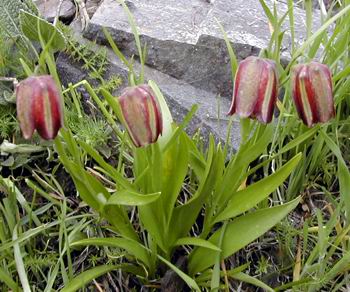
However, my personal favourite among these smaller fritillaries is F. olivieri, seen here in the Elburz Mountains. It was growing in a wet flush emerging from weathered basic igneous rock at about 2230 m.
Oh, I nearly forgot; the title for this piece comes from a tourist poster displayed in the hotels and tourist inns, advertising visits to the Zagros Mountains. This had a superb image of Fritillaria imperialis and I can't resist leaving you with a final image of these majestic alpines.
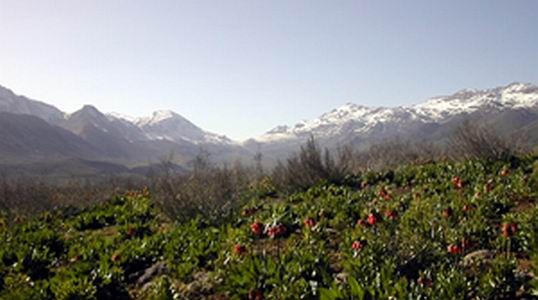
^ back to the top ^
|

